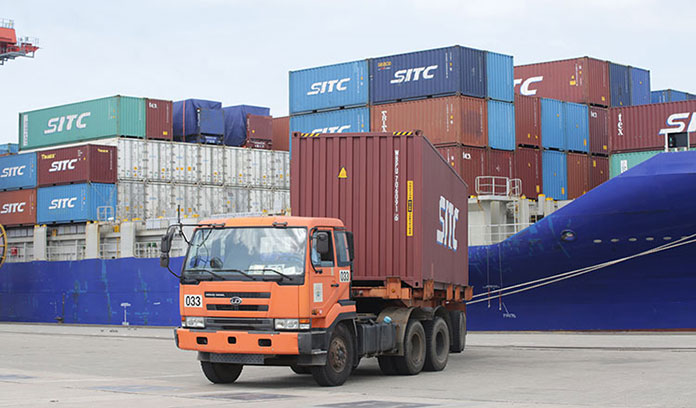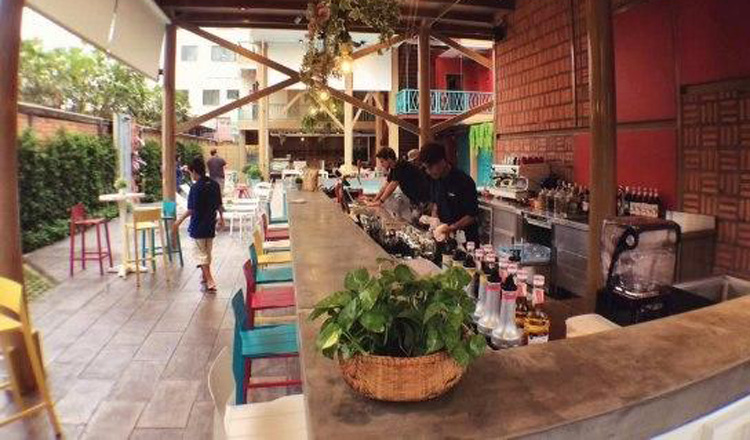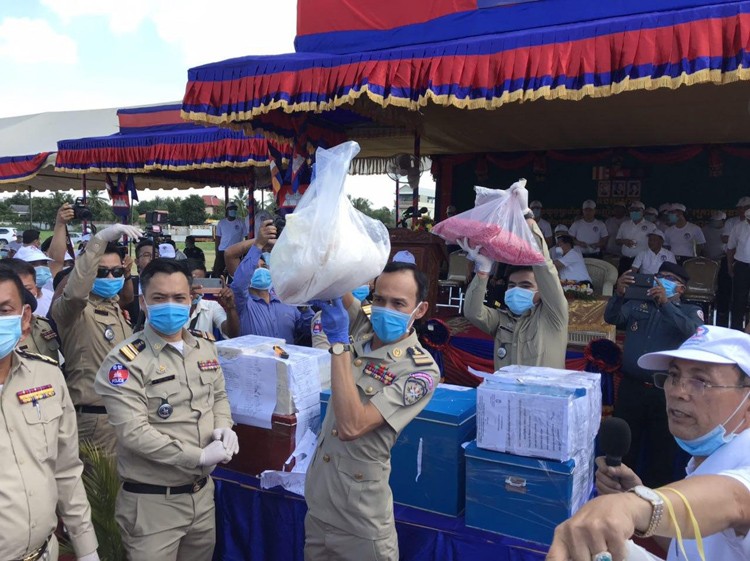Cambodia’s growth will remain robust despite downward revision, AMRO says
Cambodia’s economy will probably grow 5.2 percent this year, according to the ASEAN+3 Macroeconomic Research Office. AMRO cut its October forecast of 6.6 percent for 2022 gross domestic product (GDP) but raised its estimate for 2021 by one percentage point to 2.9 percent after one of the region’s fastest vaccination campaigns allowed the country to end domestic restrictions and reopen its borders.
“Cambodia has been one of the most successful in terms of ramping-up vaccinations,” said AMRO Chief Economist Hoe Ee Khor. “So Cambodia will be able to open up its economy much more than other economies in the region. It already has the most liberal border regime right now. Any vaccinated traveller can visit Cambodia at the moment but because of the fear of infection in other countries the tourism sector will take more time to recover and it’s a big sector for Cambodia… We have shaded down the growth for Cambodia from October but it’s still quite robust growth,” he said.
Cambodia has fully vaccinated 81 percent of the population, according to Ourworldindata.org, behind only Brunei at 91 percent, Singapore at 87 percent, and China and South Korea at 85 percent among the ASEAN+3 members. Cambodia started administering fourth doses to frontline staff on January 14 and is extending the Pfizer booster to the general public.
Tourism in the region will not recover to pre-Covid levels until mid-2023 according to Khor. He said countries should take advantage of the growth of the digital economy and more niche tourism to attract higher-spending visitors while arrivals remain low.
“The more they can take advantage of the digital economy to promote themselves the faster it will be for them to open up,” he said. “Also, the tourism sector has become much more customised and this is another trend we see going forward where, instead of mass-tourism, more and more will move towards specialised tourism like eco-adventures so that they will be able to package tourism more towards certain types of travellers.”
AMRO lowered its estimates for six of the ten ASEAN members due to the reimposition of Coronavirus containment measures as the Omicron variant spreads across the region. It said Indonesia, Malaysia, the Philippines, Laos and Thailand would also see slower growth this year than its October forecasts.
ASEAN economies will grow a combined 5.2 percent this year, AMRO said, down from its previous estimate of 5.8 percent.
With the addition of China, South Korea and Japan, it said growth will remain resilient this year at 4.9 percent in spite of Omicron uncertainties.
While China’s growth is expected to cool from last year’s 8.1 percent to 5.5 percent that would still be higher than the country’s average growth of 5.2 percent over the past three years. With the Chinese economy remaining robust Cambodia stands to benefit from increased trade, helped by a free trade agreement that went into force at the start of the year, and strong investment flows.
Cambodia may also reap the rewards of global manufacturers shifting production to Southeast Asia if relations between China and the West continue to sour.
“This has been heightened because of supply chain disruptions from the pandemic so, going forward, countries are likely to want to be much self-sufficient as less reliant on a single source of supply,” Khor said. “ASEAN countries can benefit from this restructuring of the global value chain because they have a very well-developed ecosystem for manufacturing and for many suppliers, if they relocate from China, they are likely to relocate to ASEAN countries.”
ASEAN is likely to benefit less from membership of the new Regional Comprehensive Economic Partnership (RCEP) than other members, according to AMRO Lead Economist Ling Hui Tan.
“Tariff concessions are at the core of the RCEP agreement. Members are due to eliminate tariffs on more than 90 percent of goods traded within the bloc over a 20 year period. This will actually mainly benefit the plus three: China, Japan and South Korea because this is the first time that they are connected by a free trade agreement. The direct impact of the tariff reductions on the ASEAN economies will be much less given that they already have existing FTAs with the other RCEP signatories,” she said.
However, she said all members would benefit from a single rule book on trade, which should increase efficiency and the ease of doing business. Common rules of origin will give more flexibility for manufacturers to source more materials from other members with preferential tariffs, share resources and lead to a more integrated regional supply chain, she said.
Downside risks to the region outweigh positivity, according to AMRO, including new Covid-19 variants, vaccine delays and continued supply-chain bottlenecks. It also warned that rising global inflation could persuade central banks in advanced economies to roll back monetary support, which may lead to capital outflows from Asia and increased volatility in the region.
AMRO’s findings are part of the ASEAN+3 Regional Economic Outlook, which will be published in April. Khmer Times







